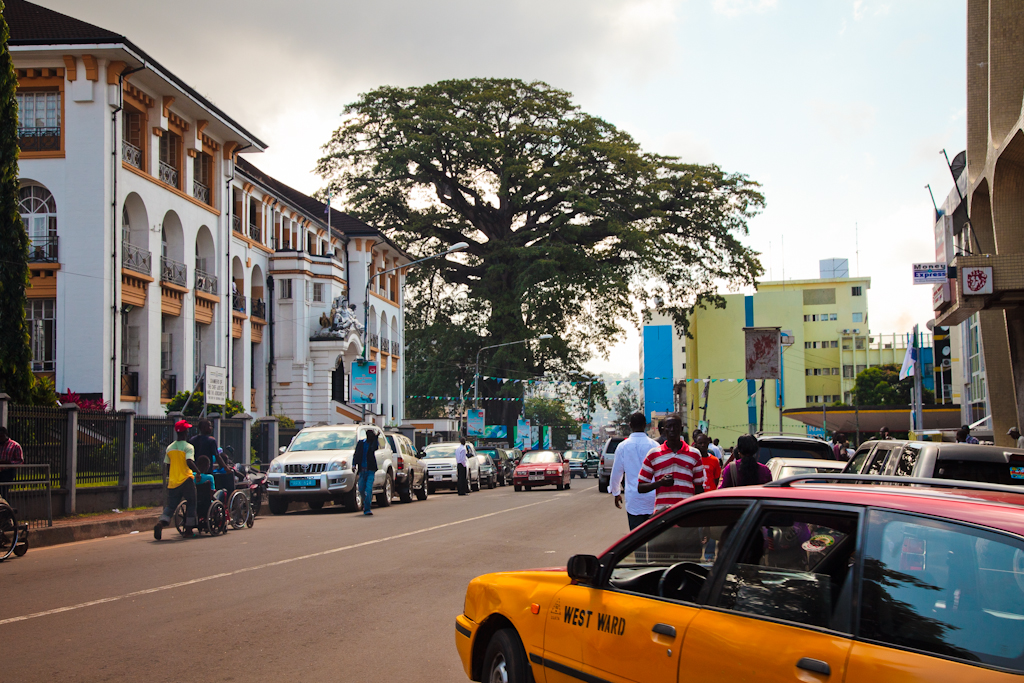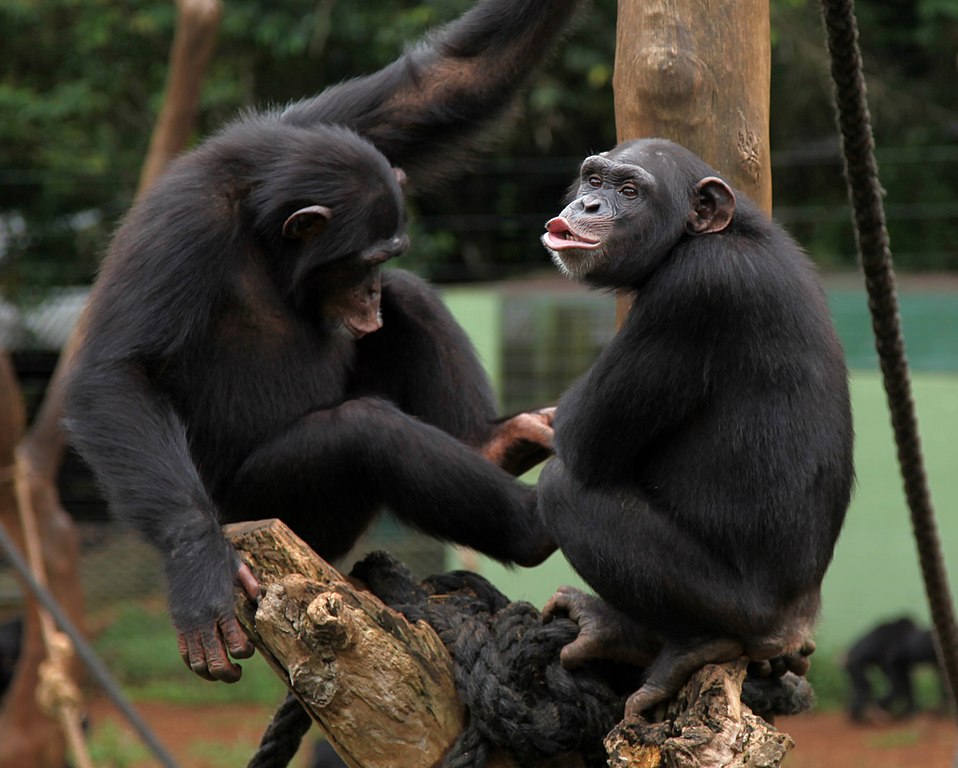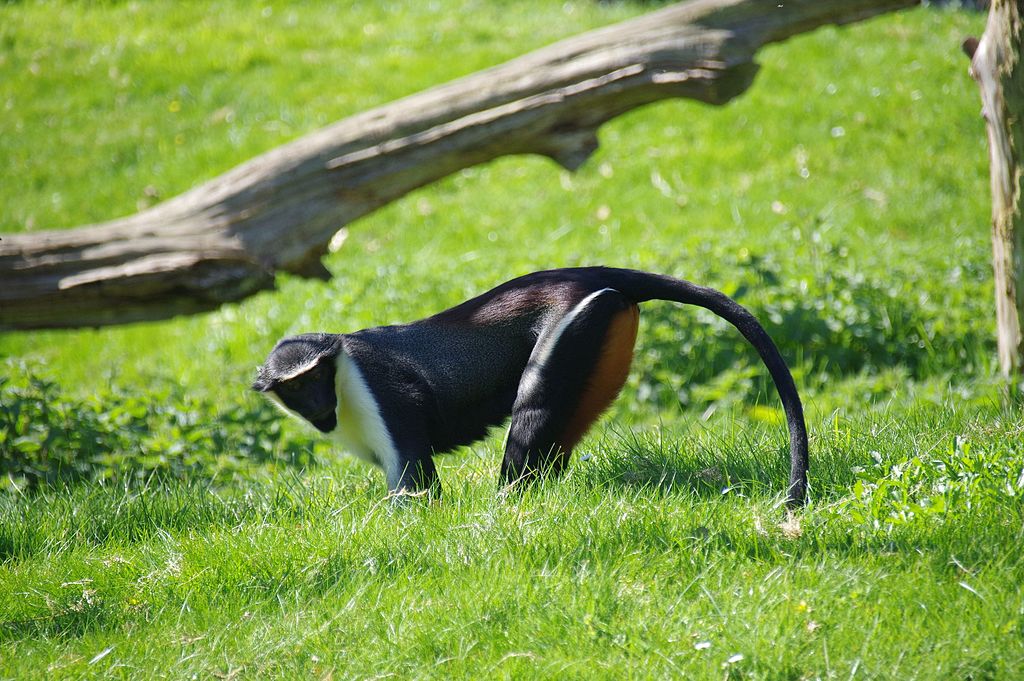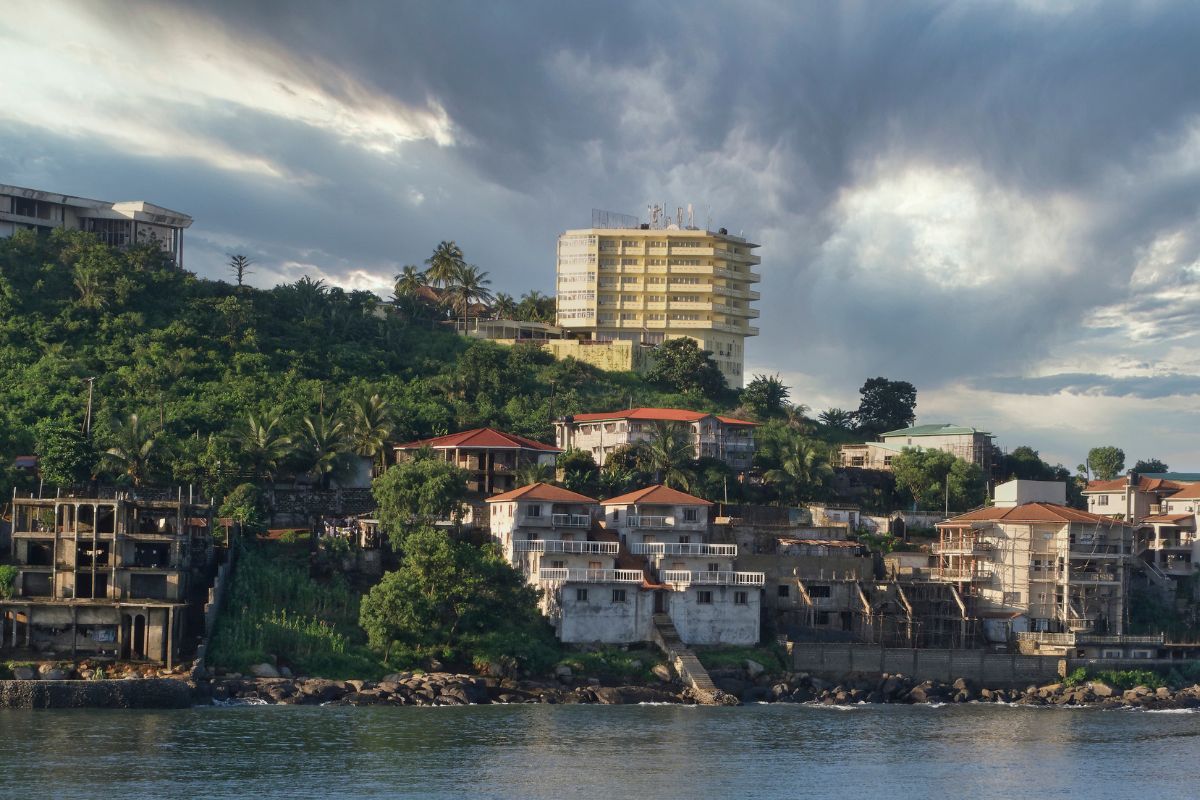Sierra Leone is a West African country with a valiant history of enslaved Africans. But more than that, it has a story to tell about the blend of different cultures, people, and landscapes.
The tropical wildlife, serene beaches, and magnificent mountains will entice you to stay here longer than planned.
1. The Freetown Cotton Tree Symbolizes Freedom In Sierra
The cotton tree in Freetown, the capital city of Sierra Leone, is a historic symbol of freedom. A group of freed enslaved Africans reached the shore and prayed around the Kapok tree; since then, it has gained importance.
The tree symbolizes liberty from the suppression and happiness of coming home after years of struggle.

2. Without Rice, There Is No Meal!
Sierra Leoneans live on rice. They absolutely love rice and eat it for every meal of the day.
If they have a meal without rice, then they haven’t had anything, is a common saying among them.
Interesting people, aren’t they?
3. Africa’s Largest Natural Harbor Is In Sierra Leone
Sierra Leone is home to Africa’s largest natural harbor, the Port of Freetown. The harbor aids the country’s economic development through trade and exchanges.
4. Tacugama Sanctuary – Visit To Enjoy Time With Chimpanzees
Tacugama Chimpanzee Sanctuary is a natural rehabilitation center for chimpanzees. The abandoned or orphaned primates are conserved in this sanctuary, founded in 1995 by a Sri Lankan couple.
The sanctuary is home to rescued chimpanzees dwelling in this natural space since then. You can spend a night or two there for a fascinating experience with these cuties.

5. Bengali – A Native Indian Language, Is An Official Language Of Sierra Leone
In 2002, when the civil war in Sierra ended, president Ahmed Tejan Kabbah declared Bengali an official language of the nation. During the 10-year-long war, the UN intervened and sent a peacekeeping force from Bangladesh to aid in the worsening situation.
Making Bengali an official language was a gesture to acknowledge and pay respect to Bangladesh for its help.
6. Sierra Leone Has Lots Of Diamonds!
Sierra Leone is known to the world because of its diamond reserves. It is the 10th largest diamond producer in the world. Diamond mining contributes to a large part of the Leonean economy.
The diamonds were used in the historic 10-year civil war to trade weapons, earning them the title of Blood Diamonds. “Blood Diamond” was a movie starring Leonardo Di Caprio made in 2006, based on a similar setting.
7. Sierra Leone Has The Fourth Largest Diamond In the World
When we talk about the largest diamonds in the world, Sierra Leone makes its way to the list. Sierra Leone is home to the 4th largest dazzling piece of gem.
Known as the Star of Sierra Leone, the diamond, found in 1972, is also the largest-ever alluvial stone.

8. The Giant Snail Of Sierra Leone Has Made It To The Guinness Book Of World Records
The African giant snail is the largest specie of land snail, about 20 cm (7.8 inches) or more in length. The largest of this species grew 15.5 inches and was found in Sierra Leone in 1976.
This one named Gee Geronimo got his fame by earning the title of the largest giant snail on earth.

9. Tiwai Island Has One Of The Last Ancient Rainforest In West Africa
Tiwai Island in Sierra Leone is known to be Western Africa’s last rainforest that holds some rare species of the animal kingdom and birds.
The endangered Diana monkey is conserved here, along with other primates. The jungle is also home to a rare hippopotamus, the pygmy hippopotamus.
When in Sierra Leone, do plan to visit the island to experience some rare wildlife.

10. Fourah Bay College Is the First University In West Africa
Fourah Bay college was established in 1827, the first university in Africa to provide higher education.
It served as a center for the government and a learning hub for British colonizers. Many notable achievements were made in medicine, law, and education, earning it the name of “Athens Of West Africa.”
11. Sierra Leoneans Lived Through A Ten Year Old Civil War
A devastating civil war started in 1991 and only ended after ten years in 2002. The power struggle led to the country’s destruction and people’s lives.
It ruined the country’s economic and social system, which took years away from the people.

